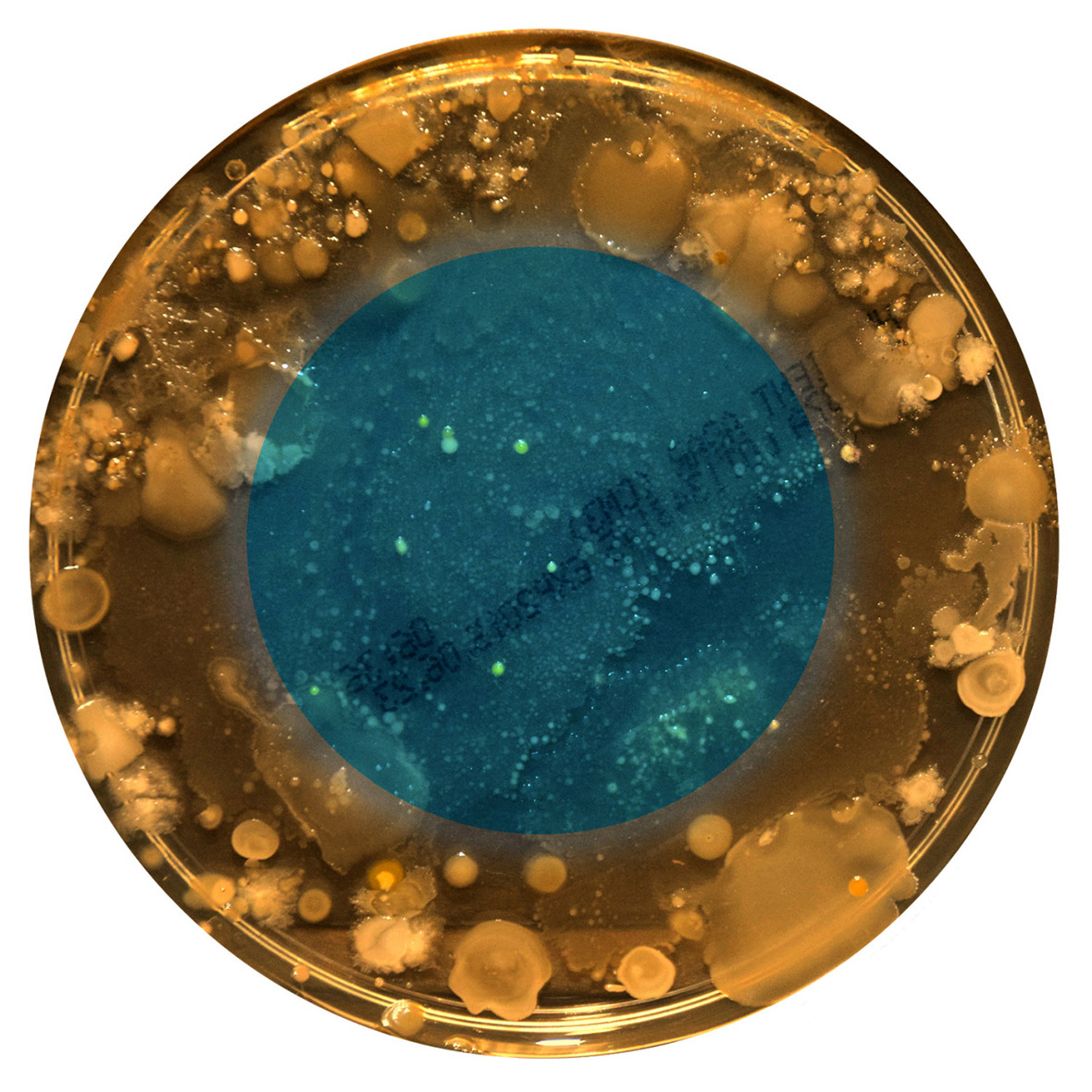Belly Button Art: Bacteria portraiture in petri dishes goes on display
Brooklyn-based artist Joana Ricou has a fascinating take on self portraiture, with her ongoing project 'Other Self Portraits' which focuses on her subjects 'other' selves as opposed to their actual selves. Collaborating with North Carolina State University and North Carolina Museum of Natural Sciences, Ricou's belly button portrait series considers the idea that there are parts of our bodies which are not human.
"We are made of many parts and many types of parts. Many of these parts are alive and, as the study of the human microbiome has revealed, most are not of human origins. In this project, I am looking at the questions the microbiome raises about identity by blurring the boundary between organism and environment, figure and ground, and even, surprisingly, between individuals."
Each belly button portrait is created using a sample of the subjects bellybutton microbiome, a counterpart to the human genome. The process involves the subject collecting a sample of their naval microbiome using a cotton swab and the sample is then spread in a spiral pattern on a petri dish filled with agar, a sugary substance that is great food for our microbes. The petri dish is then taken to a lab where it is incubated for 3-4 days. During this time, the invisible microbes in the dish will start to multiply, growing until they become visible to the human eye. Once they have grown, Ricou photographs each dish, before treating the image digitally to add colour in the two circles, a smaller one in the centre and a larger one covering the rest of the dish. The smaller circles symbolises the subject being depicted and the larger one refers to our environment, providing a reminder that the microbiome crosses this boundary.





There are two types of microbes found on these plates, bacteria and fungus. The bacteria tends to look like roundish marks or dots, whereas the fungus has more tree-like structures, with many branches or cottony fur. Each dot or fungus visible in each image is likely to have come from a single bacterial or fungal cell that was captured in the swab. That single, invisible cell, divided many times over the course of a few days, then generates thousands of daughter cells so that eventually, the number of cells grow so that they are visible to the naked eye.





Ricou explains that the idea behind the project is to create a true representation of each person's non human self because the human body has a number of organisms that are not actually human, which come in the form of bacteria, fungus and different types of eukaryotes. It appears that there are 10 non-human cells for every human cell in the body and more than 100x more non-human DNA than human DNA. Ricou is interested in the idea that we once thought that these bacteria were bad, calling them 'germs' yet in recent years we have learned that they are an essential part of our body and health.





© Copyright IBTimes 2025. All rights reserved.






















